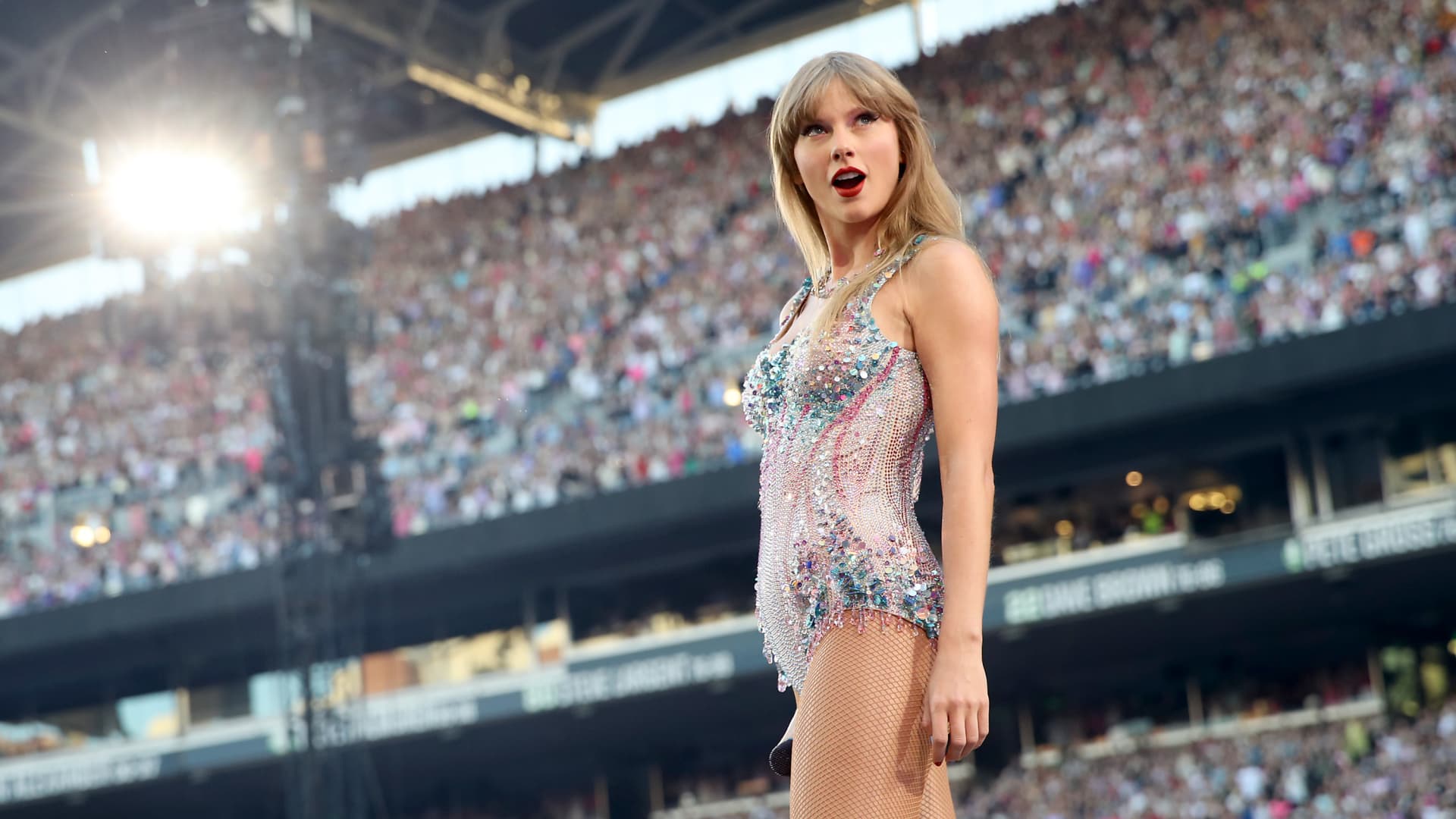Investors don’t expect the Federal Reserve to raise interest rates again, and officials have made it clear they think further rate hikes are unlikely. However, an important takeaway from the Fed’s recent comments is that unlikely and unimaginable are not the same thing.
After the central bank held interest rates steady at 5.3 percent last week, Fed Chairman Jerome H. Powell held a news conference that focused on what he didn’t say.
Asked whether officials might raise interest rates again, he said he expected that would likely not be the case – but he also avoided completely ruling out the possibility. And when asked twice whether he thought interest rates were high enough to fully control inflation, he skirted the question twice.
“We believe it is restrictive, and we believe it will be sufficiently restrictive over time,” Powell said, but offered a critical caveat: “That will be a question that the data will have to answer.”
There was a message in this evasion. While officials are most likely to keep interest rates at current levels for an extended period of time to curb inflation, policymakers could be open to higher interest rates if inflation picks up again. And Fed officials have made this clear in interviews and public comments in recent days.
Neel Kashkari, president of the Federal Reserve Bank of Minneapolis, said Tuesday he was concerned about a scenario in which inflation stagnates at current levels and suggested it was possible interest rates could rise even further.
Michelle Bowman, a Fed governor who tends to favor higher interest rates, said she remains “prepared to raise borrowing costs” if progress in reducing inflation stalls or reverses. And Thomas Barkin, president of the Federal Reserve Bank of Richmond, said he believes interest rates will weigh on the economy but that “time will tell” whether they do so enough.
Officials still expect the economy to slow given today’s interest rates, which they say are weighing on demand by making it more expensive for companies to borrow money to expand and for households to buy on credit. Although progress in reducing inflation has stalled recently, Fed policymakers have made clear that the most likely outcome at this point is that they will simply keep interest rates at current levels for some time to gradually slow growth and cause price increases to fall back to their 2 percent target.
Policymakers have also said that while they were committed to reducing inflation in 2022 and 2023, even at high economic costs, they are now taking a more cautious approach. Inflation has fallen significantly from its 2022 peaks. Given moderation, there is less urgency for the Fed to quickly curb inflation, leaving officials free to proceed cautiously and try to avoid a recession.
But as Fed officials pause and wait for their policies to put enough pressure on the economy to stave off rapid price increases, that stance could be changing. If inflation cools down significantly again, they expect interest rate cuts. And if inflation surprisingly rises again, interest rate increases remain possible.
Fortunately for anyone waiting for lower credit card, car or mortgage interest rates — and hoping that borrowing costs don’t continue to skyrocket — most economists expect inflation to slow in the coming months, and virtually none expect it to rise .
Inflation has stalled in recent months after falling sharply last year, partly because housing costs have proven surprisingly stubborn and insurance costs have risen. But economists in a Bloomberg survey expect that could change starting next week: new consumer price index data is expected to show that headline inflation fell to 3.4 percent in April, compared to 3.5 percent in March.
Economists expect a decline to 2.9 percent by the end of the year. In fact, in another Bloomberg survey, not a single economist expected it to be above its current level by the last quarter of 2024. And the Fed’s preferred inflation index, the Personal Consumption Expenditures Index, is expected to be even lower at 2.5 percent.
“Everyone is kind of in the same camp — but I think there’s good reason for that,” said Gennadiy Goldberg, interest rate strategist at TD Securities, noting that economists are fairly confident that rental inflation will slow and that insurance prices will moderate at some point should.
“Confidence is quite high that inflation will fall by the end of the year,” he said. “The question is whether the rate cut will come quickly or soon enough for the Fed to cut rates this year.”
This prospect of cooler inflation explains why investors also generally expect interest rates to fall rather than rise in the coming months. Markets have sharply reduced their expectations for multiple rate cuts this year, but see a good chance of one or two rate cuts by the end of the year. They basically see no chance of a tariff increase.
Even if hardly anyone expects this, there is always the risk that inflation will rise again. Geopolitical issues could drive up gasoline prices, which could then impact other products and services such as airfares. Or, more worrisome for the Fed, the economy could rebound, allowing companies to raise prices for goods and services more quickly.
That second scenario appears to be what officials are paying attention to, and some have suggested they would be willing to raise borrowing costs if they became convinced that today’s interest rate levels are not enough to weigh on growth and prices.
“If we had to keep interest rates at their current levels for an extended period of time to slow the economy, or even if we had to raise them, we would do whatever it took to bring inflation back down,” Mr. Kashkari said said on Tuesday.
The result? Investors, economists and Fed officials themselves generally expect the central bank’s next move to be to cut interest rates. But that’s because they are confident that inflation will soon fall. If this view proves wrong, things could change.
Source link
2024-05-09 22:55:01
www.nytimes.com
















